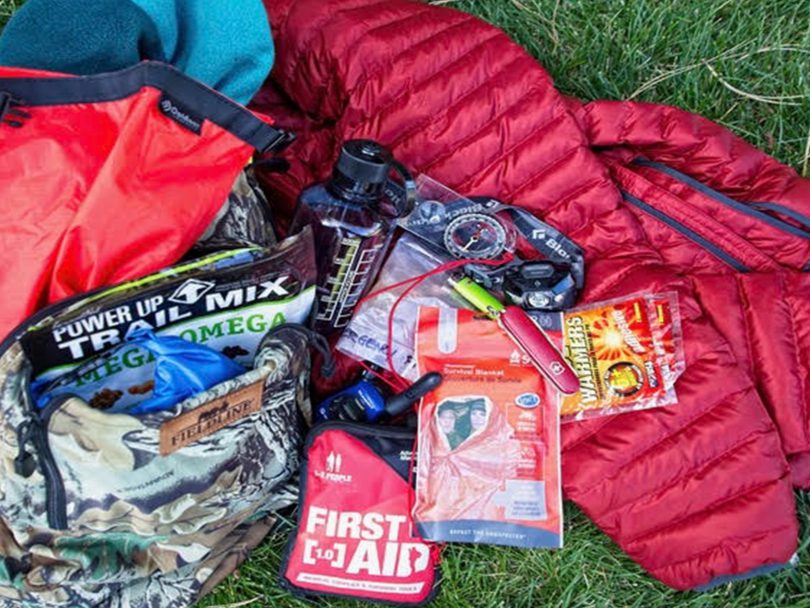By Dennis Smith
I grew up in the southern Catskills decades ago when everything was decidedly simpler — including deer hunting. When we took to the woods after whitetails in those days, we did so with little more than a rifle, a belt knife, a hank of rope and a ham sandwich. Everything fit in the pockets of our heavy, woolen mackinaws. There were no hydration bladders or Lexan water bottles then — hell, Lexan wasn’t even a word — so we drank from brooks and natural springs in the woods. None of us had ever heard of Giardia and, luckily, none of us ever got it. Getting lost or injured or risking hypothermia never crossed our minds.
In retrospect, I suppose we were ill-prepared but, in our defense, getting lost wasn’t much of a threat, since we hunted from a cabin in woods we knew well. Even if you managed to get “turned around” a bit, there are few mountains in the Catskills that aren’t crisscrossed by hiking trails or logging roads and following one of those would inevitably bring you to civilization. Our winter weather patterns were reasonably stable; storms blew in, of course, but they were rarely spontaneous or extreme.
When we moved to Colorado, all that changed. The mountains here can kill you. They are rugged, remote and fearsomely unforgiving. Weather conditions, particularly at high altitude, can change from balmy to raging blizzard quicker than a duck on a June bug. I won’t hunt the Colorado backcountry these days without survival gear, a first aid kit, foul weather clothing, bottled water and a few other items vital to a safe and comfortable day (or night) in the boonies.
The first aid kit is a self-contained affair stocked with basic wound care supplies, assorted medications and an instruction manual, all in a small zippered pouch. My emergency gear consists of two space blankets, two fire starter kits with lighters and waterproof matches, 50 feet of paracord, orienteering compass, maps, Swiss Army knife, emergency whistle, headlamp, a compact high-intensity flashlight, walkie-talkie and a cellphone. Spare batteries for everything. I carry two of some items because critical equipment can fail when you need it most; hence, two is better than one, and three is better yet. Both kits fit in a red waterproof bag.
Another sack holds foul weather gear: a down sweater, fleece vest, rain jacket, extra stocking cap, gloves and air-activated hand warmers. Bags of jerky, trail mix, dried fruit and cheese provide snacks and emergency grub. Yet another bag contains field dressing paraphernalia — latex gloves, fixed-blade knife, folding saw, drag rope and antibacterial hand wipes for cleanup. Oh yeah, and an insulated butt pad to sit on. It’s considerably more than we carried in the “old days,” but ’tis better to be safe than sorry.
Dennis Smith is a freelance outdoors writer and photographer whose work appears nationally. He lives in Loveland.

